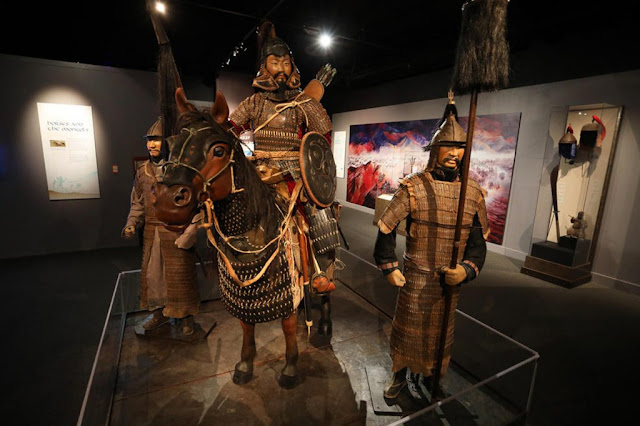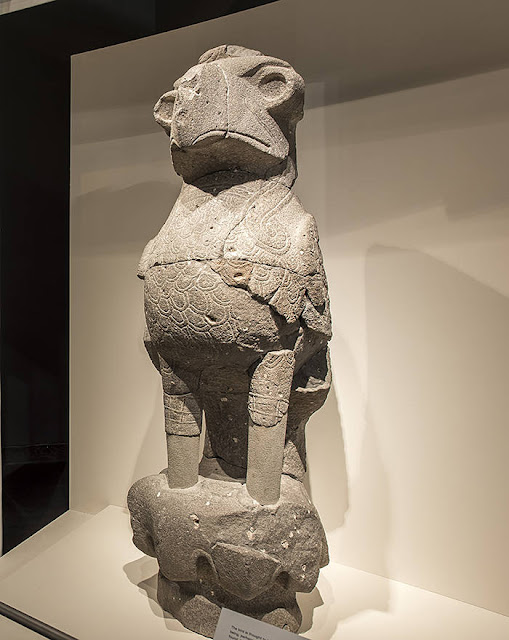Ancient Civilizations. Ongoing. At the Reading Public Museum in Reading, Pennsylvania.

Ancient Civilizations. Ongoing. At the Reading Public Museum in Reading, Pennsylvania. 4th century BCE Bronze Pseudo-Corinthian or Italo-Corinthian Helmet. Image courtesy of the Reading Public Museum in Reading, Pennsylvania The Reading Museum's antiquities collection include an array of artifacts from Egypt, Greece, Rome and other civilizations around the Mediterranean. Their Egyptian collection is comprised of amulets, votive sculptures, and a full length cartonnage mummy case of the 8th century BCE Lady Tadiashaikhet. Their Greco-Roman collection encompasses a wide variety of ceramic vessels, Roman portrait heads, bronze lamps, Roman glass and this 4th century BCE Pseudo-Corinthian or Italo-Corinthian Helmet in excellent condition. The museum points out "During the 5th century BC this type of helmet was adapted by the Etruscans, who frequently depicted it in amphorae painting and on sarcophagi. Out of combat, soldiers often wore the helmet tipped upward for...



























